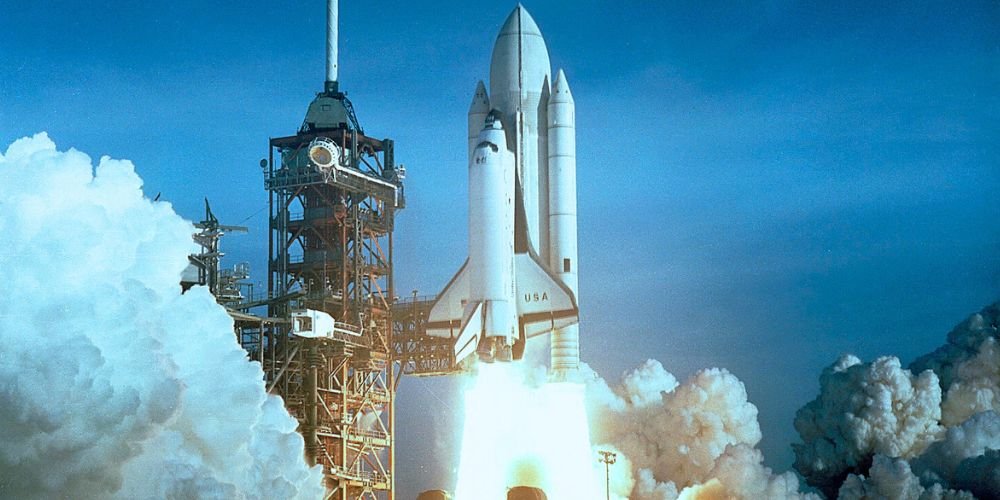Space launch facilities serve as the gateways to the cosmos, providing the infrastructure and capabilities to propel humanity’s quest for exploration and discovery beyond Earth’s atmosphere. From historic launch sites steeped in spacefaring lore to cutting-edge spaceports pioneering the next generation of space travel, these facilities play a crucial role in enabling spacecraft to reach orbit, explore distant worlds, and expand our understanding of the universe. This article delves into the significance, evolution, and impact of space launch facilities in shaping humanity’s journey among the stars.
Significance of Space Launch Facilities
Space launch facilities are the critical starting point for space missions, providing the necessary infrastructure, technology, and support services to launch spacecraft into orbit or interplanetary trajectories. These facilities have launch pads, rocket assembly buildings, fueling systems, and tracking infrastructure to support various launch vehicles and mission profiles.
Enabling Space Exploration
Space launch facilities enable space exploration by providing the means to launch spacecraft on scientific discovery, technological innovation, and human exploration missions. From launching satellites for communication, Earth observation, and scientific research to sending probes to explore distant planets and asteroids, these facilities are essential for expanding human presence in space and unlocking the mysteries of the cosmos.
Supporting Commercial Space Ventures
Space launch facilities are also crucial in supporting commercial space ventures, including satellite deployment, cargo resupply missions, and space tourism. Commercial spaceports such as SpaceX’s Kennedy Space Center Launch Complex 39A and Blue Origin’s Launch Complex 36 provide the infrastructure and services necessary to support a growing market of private spaceflight activities, driving innovation, competition, and economic growth in the space industry.
Evolution of Space Launch Facilities
Space launch facilities have evolved significantly over the decades, from early rocket test sites to modern spaceports supporting various launch vehicles and mission profiles. Technology, engineering, and infrastructure advances have transformed these facilities into state-of-the-art launch complexes capable of supporting complex and ambitious space missions.
Historic Launch Sites
Historic launch sites such as Cape Canaveral in Florida, Baikonur Cosmodrome in Kazakhstan, and Vandenberg Space Force Base in California hold significant cultural and historical importance in the annals of space exploration. These launch sites have witnessed some of humanity’s greatest achievements in space, including the launch of the first human into orbit, the Apollo moon landings, and the deployment of iconic space probes and telescopes.
Modern Spaceports
Modern spaceports are designed to accommodate a wide range of launch vehicles, mission requirements, and customer needs in the commercial space industry. Spaceports such as SpaceX’s Boca Chica launch site in Texas and Blue Origin’s Launch Complex 36 in Florida feature state-of-the-art facilities, streamlined launch operations, and reusable launch vehicle technology to enable cost-effective and responsive access to space.
Impact of Space Launch Facilities
Space launch facilities have profoundly impacted space exploration, technology development, and human society. These facilities have facilitated scientific discoveries, technological advancements, and international cooperation in space, shaping the course of human spaceflight and inspiring future generations to pursue careers in STEM fields.
Advancing Space Technology
Space launch facilities have driven advancements in space technology by providing the infrastructure and capabilities to test, launch, and operate spacecraft in orbit and beyond. These facilities have enabled the development of advanced launch vehicles, satellite platforms, and exploration missions that have expanded our knowledge of the universe and pushed the boundaries of human achievement in space.
Fostering International Collaboration
Space launch facilities have served as platforms for international collaboration and cooperation in space exploration, bringing nations, space agencies, and commercial entities together to pursue common goals and shared interests in space. Collaborative initiatives such as the International Space Station (ISS), the Artemis program, and international partnerships for lunar exploration exemplify the power of collaboration in advancing human space exploration and scientific discovery.
Inspiring Future Generations
Space launch facilities have inspired countless people worldwide with their awe-inspiring launches, daring missions, and groundbreaking discoveries. These facilities symbolize human ingenuity, exploration spirit, and the boundless potential of space travel to expand our understanding of the cosmos and our place in the universe. By inspiring future generations to pursue careers in STEM fields, space launch facilities ensure a legacy of innovation, exploration, and discovery among the stars.
Conclusion
Space launch facilities stand as testaments to humanity’s ambition, curiosity, and spirit of exploration. From historic launch sites that witnessed the dawn of the space age to modern spaceports pioneering the next generation of space travel, these facilities play a crucial role in enabling humanity’s journey among the stars. As we continue to push the boundaries of space exploration, space launch facilities will remain essential gateways to the cosmos, providing the infrastructure and capabilities to propel humanity’s quest for knowledge, discovery, and adventure beyond Earth’s bounds.











